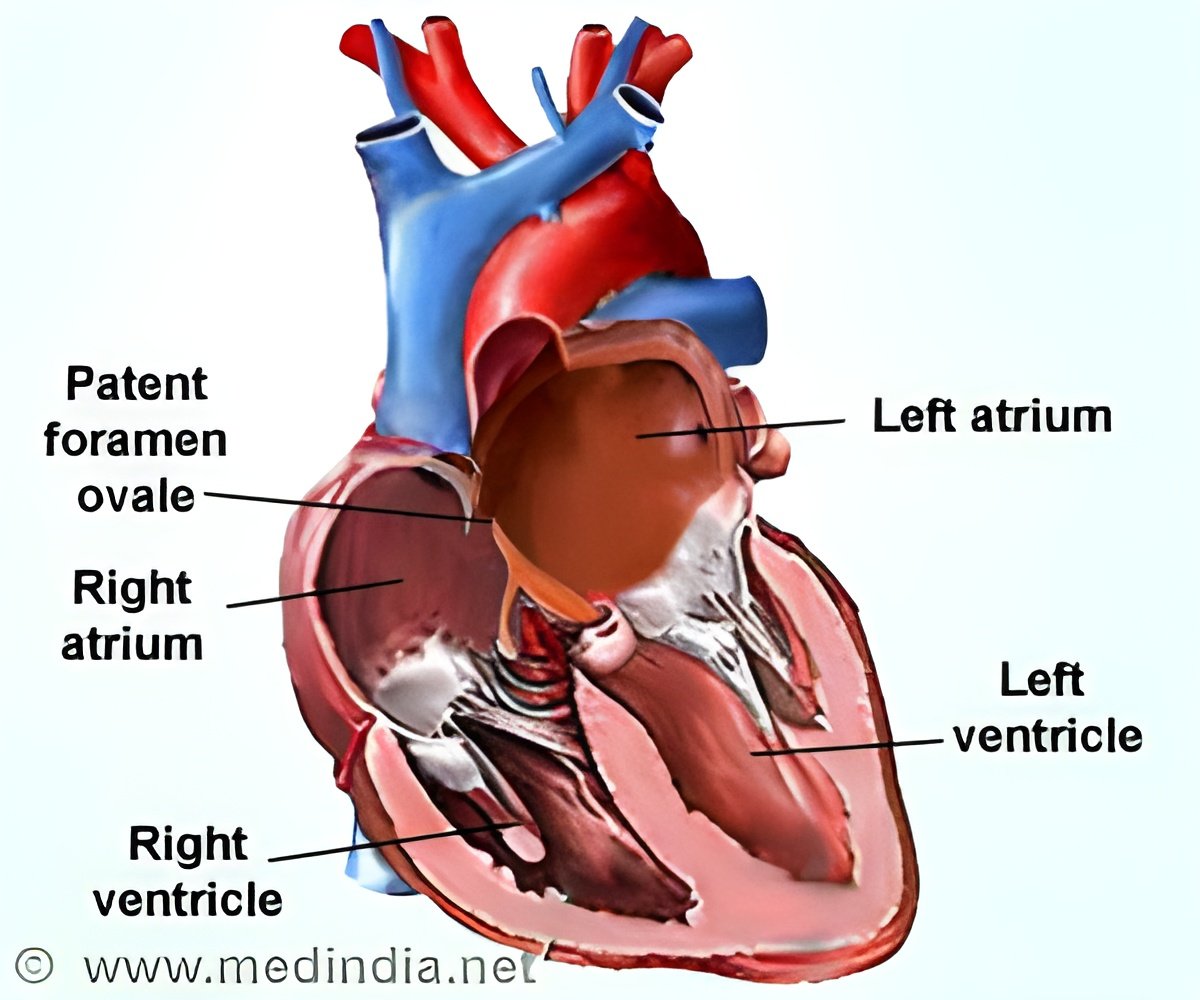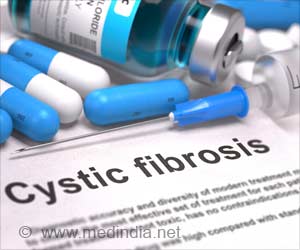Innovative research on Cell-free DNA (cfDNA) and other novel biomarkers for improved cardiac sarcoidosis and heart health outcomes.

- Biomarkers such as ACE and troponins are crucial for diagnosing cardiac sarcoidosis and myocarditis
- New markers like microRNAs and cell-free DNA show promise for better diagnosis and treatment
- Diagnosis remains challenging due to overlapping symptoms and non-specific biomarkers
Sarcoidosis is a systemic inflammatory autoimmune disorder containing non-caseating granulomas (NCG). NCGs are composed of active immune cells that lack necrotic tissue (1✔ ✔Trusted Source
Emerging Biomarkers in Cardiac Sarcoidosis and Other Inflammatory Cardiomyopathies
).
When non-caseating granulomas affect the heart, it leads to serious complications like heart failure (HF), ventricular arrhythmias, and sudden death. This condition is known as cardiac sarcoidosis (CS).
Advertisement
Improving Heart Disease Diagnosis with Biomarkers
Myocarditis is a disease condition causing inflammation in the heart muscles. It can progress into a chronic form known as inflammatory cardiomyopathy. Both CS and IC cause inflammation and damage to the heart. However, diagnosis of the disease is challenging.
Endomyocardial biopsy (EMB), FDG-PET scans, and cardiac MRI are some of the diagnostic methods used but significant gaps remain in diagnosing and treating these heart conditions.
Diagnosis can be improved by identifying the biomarkers that cause the diseases. A biomarker is a molecule found in blood, fluids, or tissues that can be measured to see how the body reacts to treatments and to identify any disease condition.
Research conducted over the last decade was studied and some of the important biomarkers for diagnosing and monitoring CS and IC were found. The clinical utility of biomarkers in CS is given below.
|
Biomarker
|
Biomarker Utility
|
|
Angiotensin-Converting Enzyme (ACE)
|
Diagnosis and prognosis
|
|
Soluble interleukin-2 receptors (sIL-2R)
|
Prognosis
|
|
High-sensitivity Troponin T
|
Disease activity, treatment response, and prognosis.
|
|
Brain Natriuretic Peptides (BNP)
|
Diagnosis and prognosis
|
|
NT-pro BNP
|
Prognosis
|
|
1,25 dihydroxyvitamin D (1,25-OH Vit-D)
|
Diagnosis and disease activity
|
|
Urinary 8-hydroxy-2’-deoxyguanosine (8-OHdG)
|
Prognosis, disease activity, and treatment response
|
|
miRNA-126
|
Diagnosis of CS in patients with HF
|
|
miRNA-223
|
Diagnosis of CS in patients with HF
|
Advertisement
Biomarkers for Diagnosing Cardiac Sarcoidosis
Serum angiotensin-converting enzyme (ACE) is one of the most studied biomarkers and is found at higher levels in people with sarcoidosis. However, it can also be elevated in tuberculosis and fungal infections making it less reliable as a specific biomarker for CS. sIL-2R was found at higher levels and led to arrhythmias, HF, and death. However, it is closely linked to overall inflammation in the body and is not specific to the heart.
Cardiac troponins(T/I) are a protein that indicates heart damage. People with CS showed high levels of troponins but it can drop with steroid treatment. Though it is not a specific biomarker for CS, it can be used for treatment advancements.
Natriuretic peptides like BNP and NT-pro BNP are used to diagnose heart failure. Above 40pg/mL indicated heart failure than ACE and sIL-2R. However, irregular heartbeats, older age, and kidney problems can also increase BNP levels.
People with CS were found with high levels of (1,25-OH Vit-D), which can lead to more calcium in the body. This is because sarcoidosis increases vitamin D production to absorb calcium from food. High levels of vitamin D in the blood are linked to general sarcoidosis. At a certain level (66pg/mL ), it showed accuracy in identifying heart involvement in sarcoidosis. Thus, it can be a useful marker in the diagnosis of CS.

8-OHdG indicates DNA damage due to high oxidative stress in the body in diseases like dilated cardiomyopathy or after a heart attack. This can lead to the release of 8-OHdG, which can be measured in urine. People with cardiac sarcoidosis showed high levels of 8-OHdG compared to other heart conditions. Patients treated with steroids showed a decrease in 8-OHdG.
miRNA-126 and miRNA-223 were much higher in people with CS and HF compared to healthy individuals. The levels were elevated regardless of whether patients had CS affecting just the heart or other parts of the body.
When a cell dies, either by necrosis or apoptosis, pieces of its DNA are released into the blood. This is known as cell-free DNA (cfDNA). It is a useful tool for monitoring organ rejection in heart transplant patients.
Currently, a pilot study is being conducted on whether cfDNA can help detect granulomatous myocarditis, a type of heart inflammation found in patients with sarcoidosis. This study aims to see if cfDNA can be a reliable marker for diagnosing CS.
Advertisement
Biomarkers in Inflammatory Cardiomyopathy
In the realm of IC, each disease has been studied with different biomarkers. In lymphocytic myocarditis heparin-binding proteins (HPBs) help in detecting heart inflammation. Serum alarmins (S100A8 and S100A9) present at early inflammation can also indicate disease activity with sensitivity and specificity for diagnosing acute lymphocytic myocarditis.
Serum troponin I is a common biomarker for heart-related problems and it is elevated in 94% of patients with ICI-related myocarditis. Fulminant myocarditis is a severe form of heart inflammation that requires immediate medical care. High levels of miR-4763-3p were found and it can help in diagnosis and prognosis of the condition. Immunoglobulin-free light chains are useful for the diagnosis of autoimmune myocarditis.
Giant cell myocarditis is another adverse condition that affects younger adults. Elevated levels of serum troponin T can indicate a worse prognosis and the need for a heart transplant. Eosinophilic myocarditis is a rare condition caused by eosinophils. It can be difficult to diagnose because eosinophilia might not be present. However, eosinophil cationic protein (ECP) levels can indicate disease activity and treatment response.
Advancements in biomarker research for diagnosing and predicting outcomes in myocarditis have led to the discovery of reliable markers. Traditional biomarkers like serum ACE, troponin, and novel miRNAs seem to exhibit more efficiency in diagnosis.
Reference:
- Emerging Biomarkers in Cardiac Sarcoidosis and Other Inflammatory Cardiomyopathies – (https://www.springermedizin.de/emerging-biomarkers-in-cardiac-sarcoidosis-and-other-inflammator/50075994)
Source-Medindia



